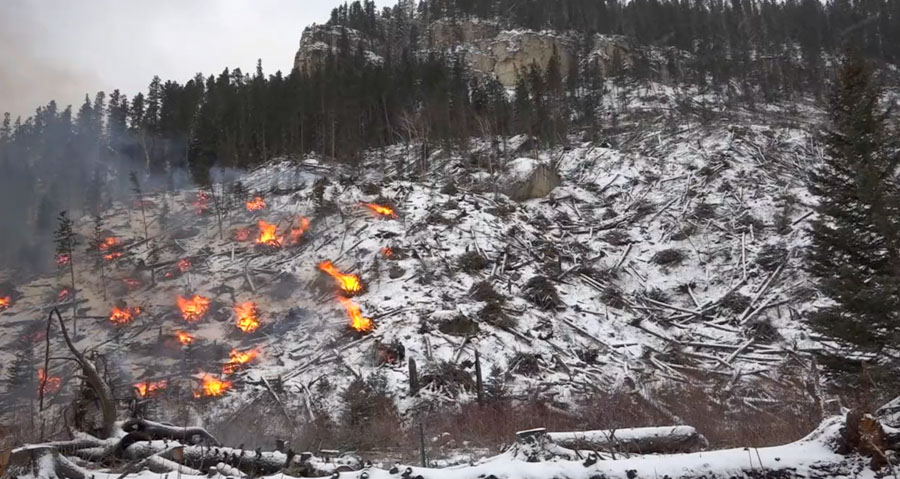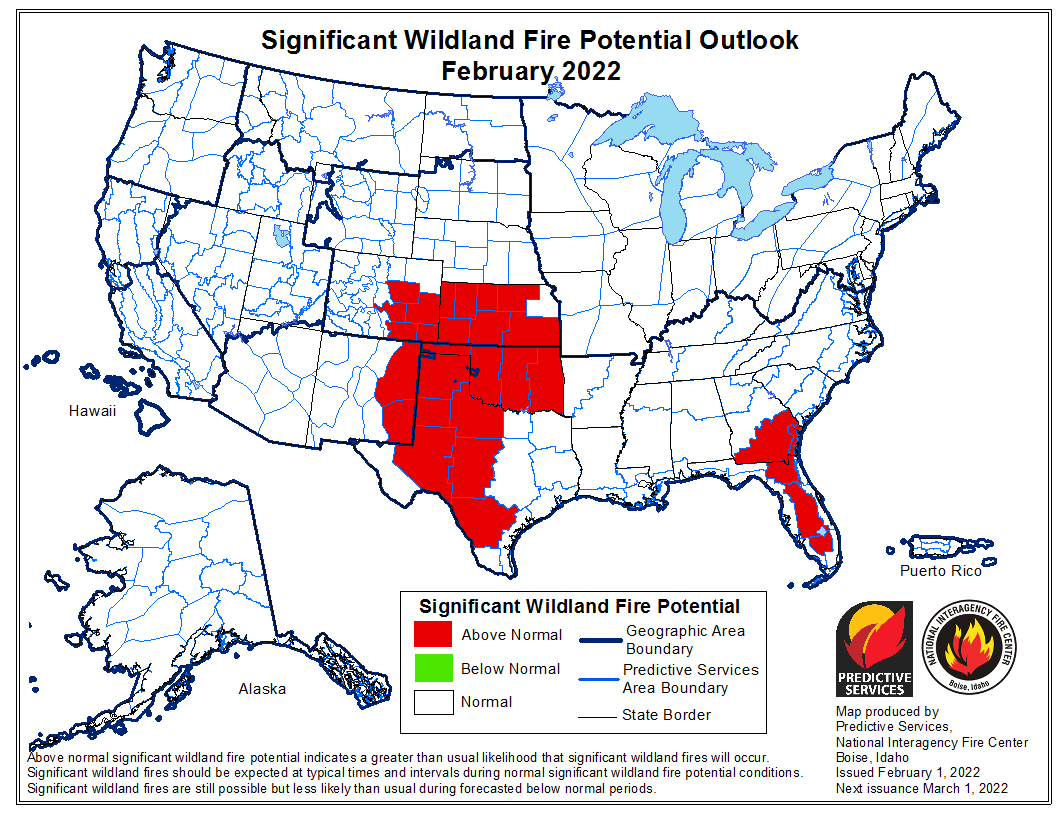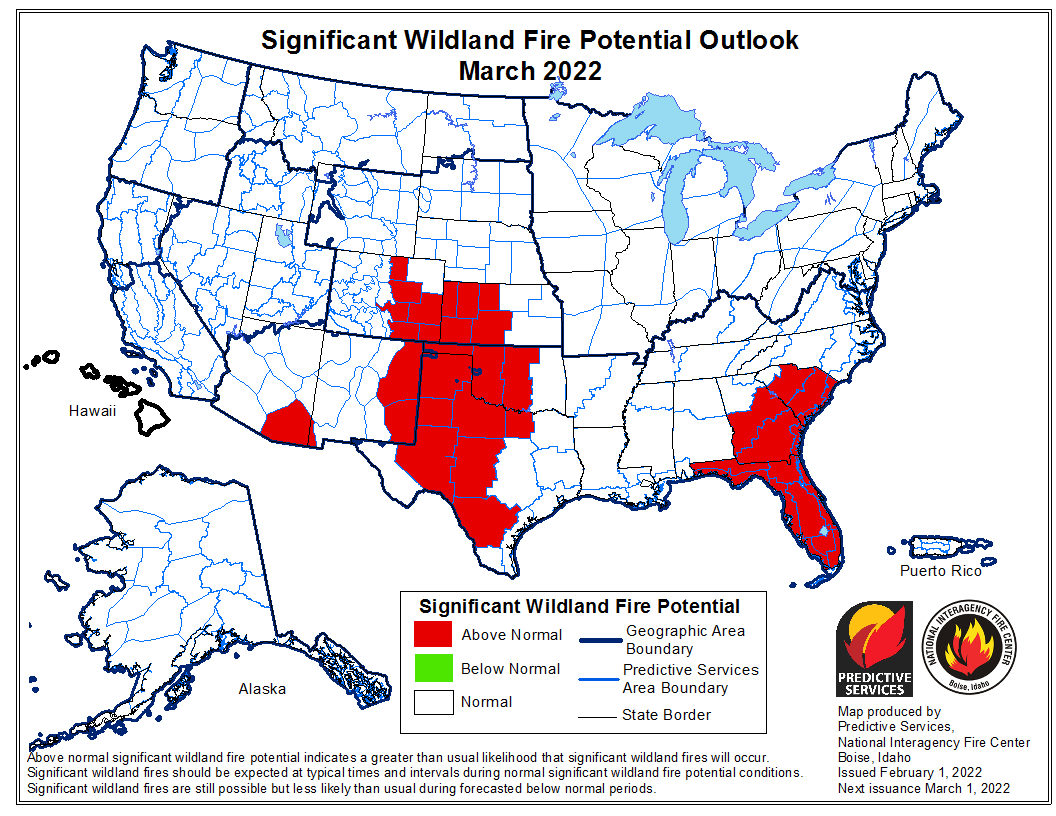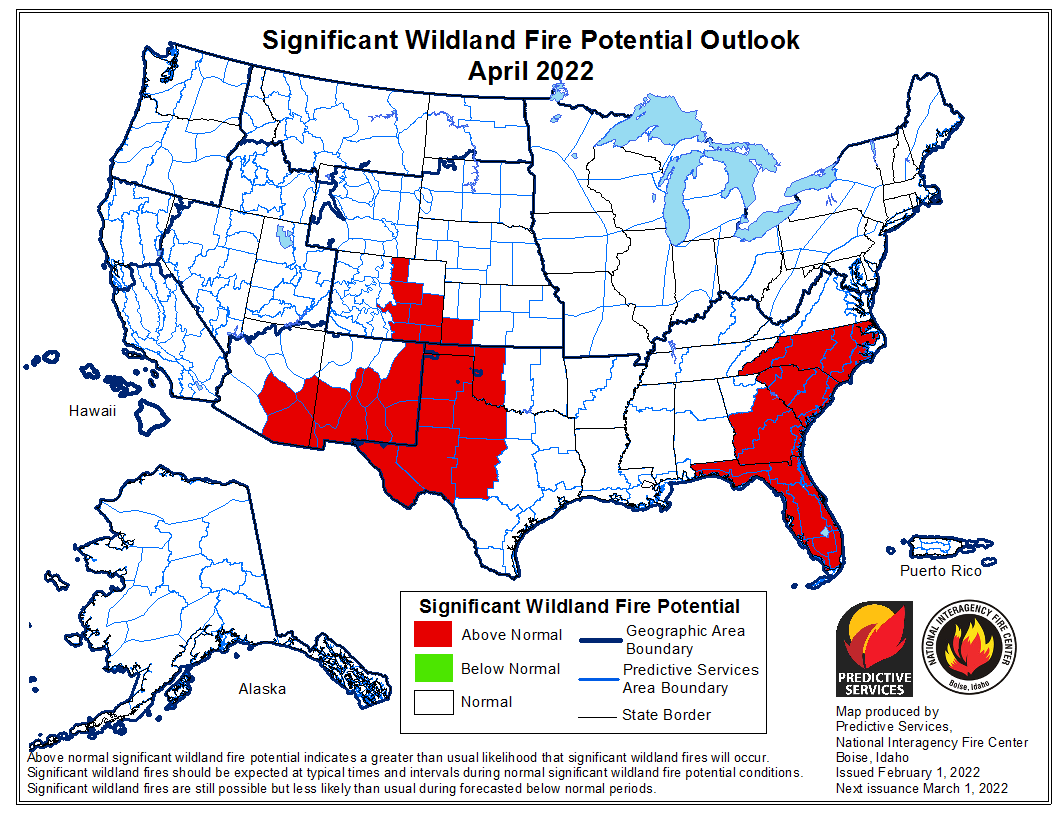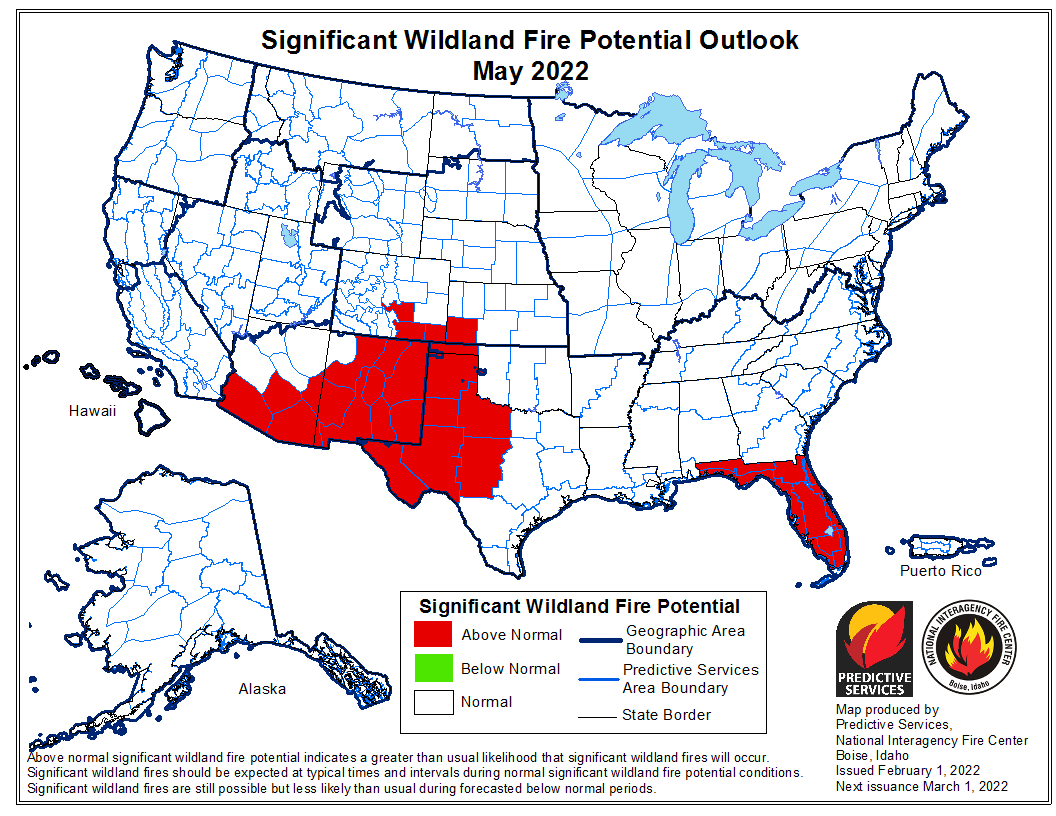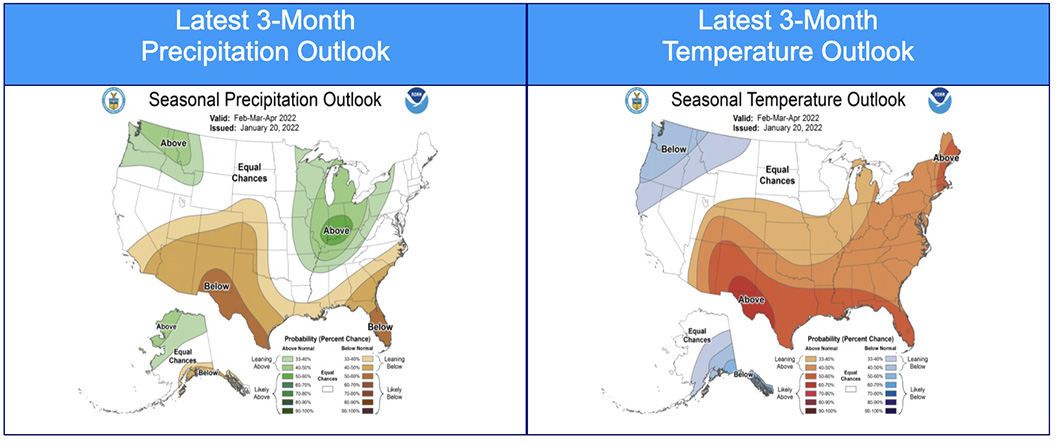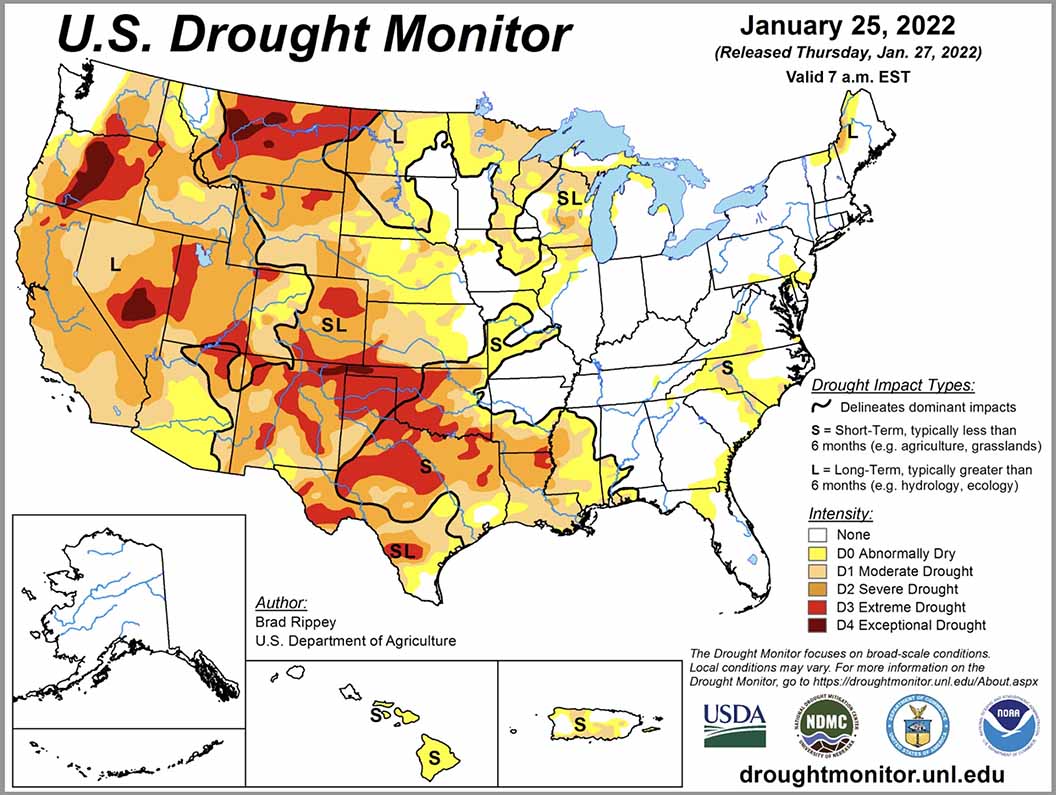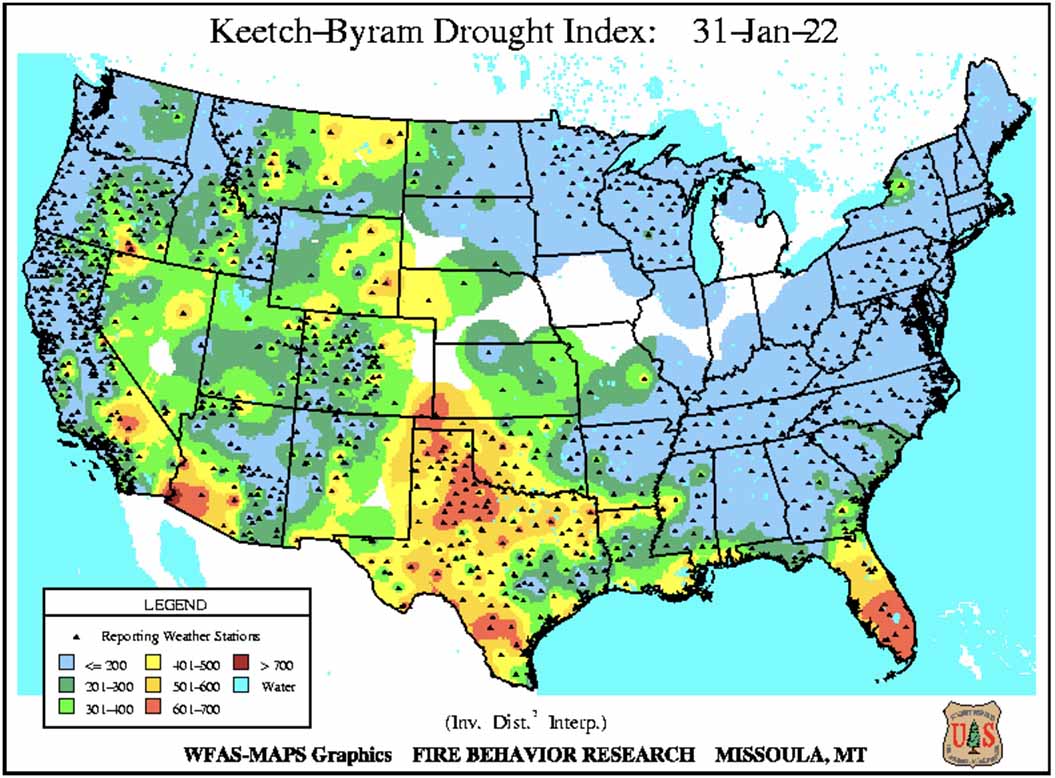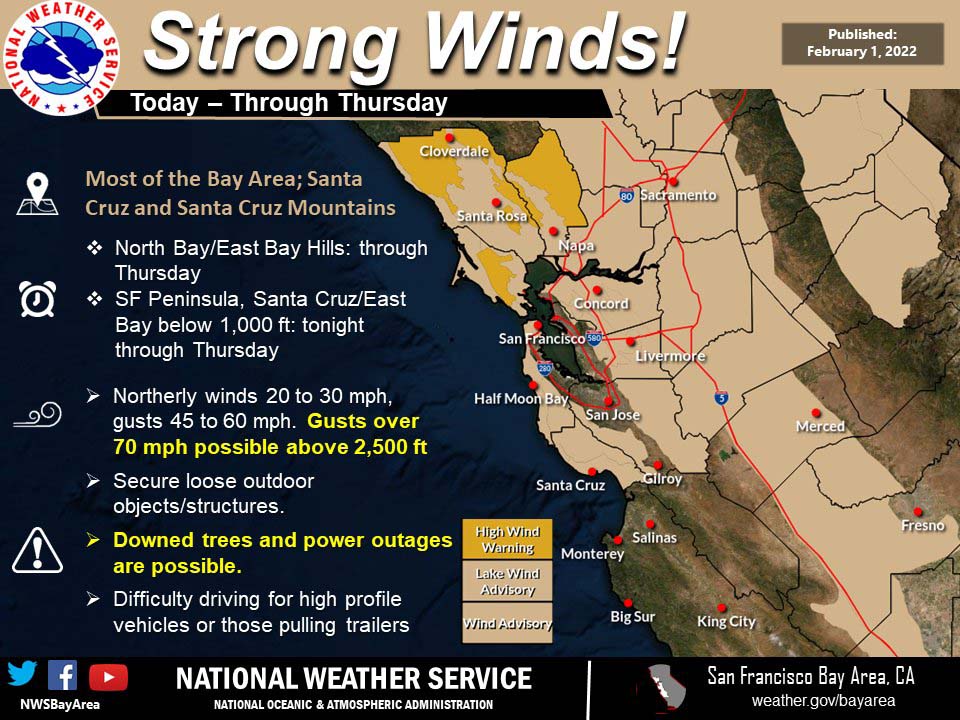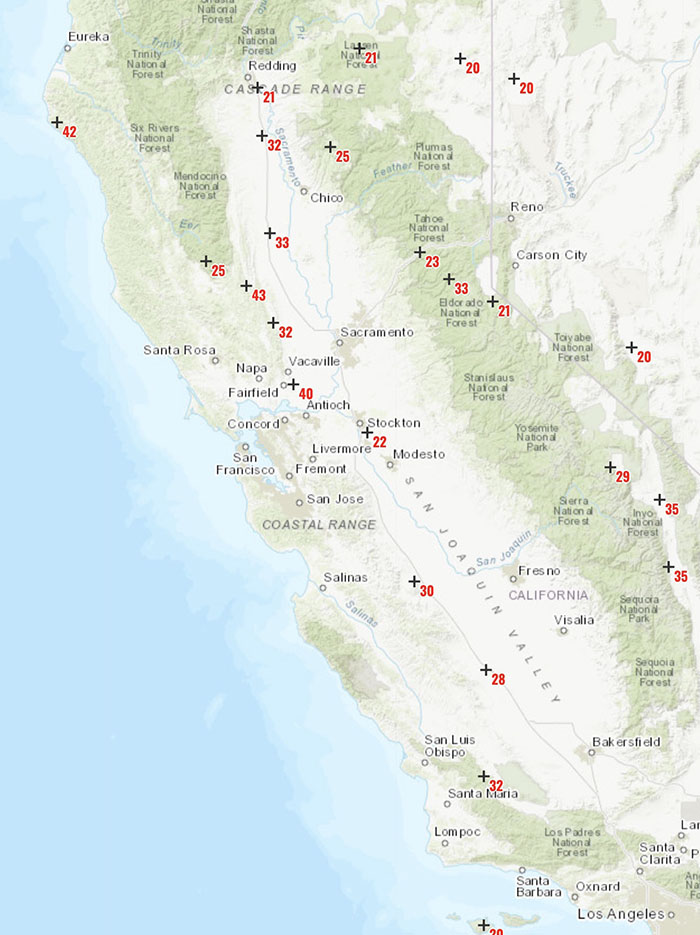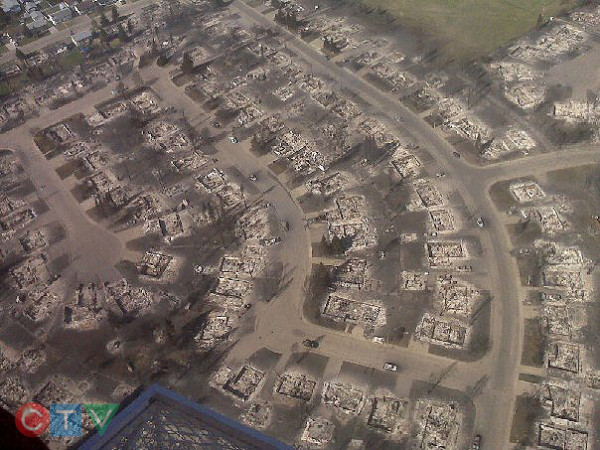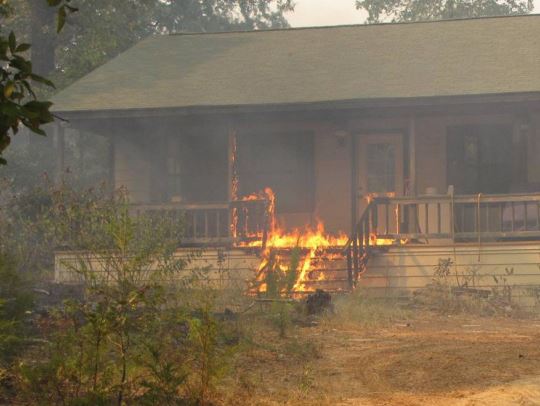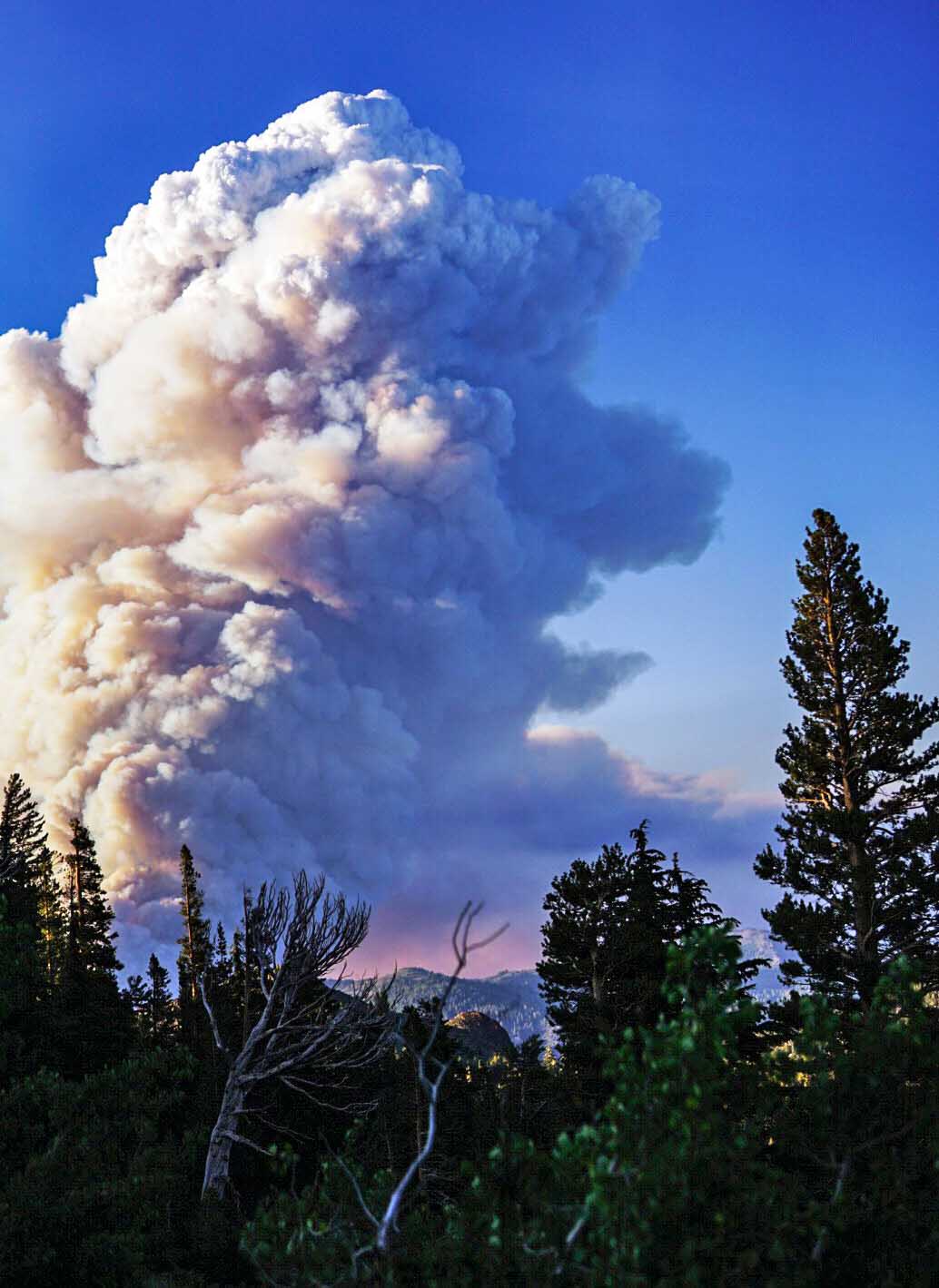
It seems like in the last year there has been more wildfire-related legislation introduced in Congress than in previous years. It’s hard to say why, but it could be related to a growing number of megafires, more communities destroyed, and increased activism in the wildland firefighter community.
Of course simply introducing legislation accomplishes nothing if it does not become law, except perhaps providing a talking point for the politician’s next reelection campaign. A cynic might suggest that some bills are introduced and press releases issued by members of Congress with no hope or expectation that they will pass. But it is difficult to tell which are real and which are vaporware.
With that in the back of our minds, here is a partial list of 15 bills and the dates they were introduced which have not passed in this 117th United States Congress (2021-2022). Only a few have made it to the committee hearing stage, and none have progressed beyond that.
H.R. 5631 — Tim Hart Wildland Firefighter Classification and Pay Parity Act. October 19, 2021. (Rep. Joe Neguse). This bill has numerous provisions, including raising firefighter pay, creating a wildland firefighter job series, providing health care and mental health services to temporary and permanent wildland firefighters, housing stipends, and other items. (More details are in the Wildfire Today article from October 19, 2021.)
H.R.5010 — FIRE Act. August 13, 2021. (Rep. Mike Garcia) This bill directs the National Oceanic and Atmospheric Administration (NOAA), in collaboration with the U.S. weather industry and and academic partners, to establish a program within NOAA to improve wildfire forecasting and detection.
H.R.2585 — FIRE Act of 2021. April 1,5 2021 (Rep. Dusty Johnson) Timber salvage sales. No later than 60 days after a wildfire is contained on such lands (1) the Forest Service, to the maximum extent practicable, shall complete a survey of the lands that were impacted by such wildfire; and (2) the Department of Agriculture (USDA) shall convert the timber sales applicable to such lands that were impacted by such wildfire to salvage sales. The bill designates a categorical exclusion for forest management activities where the primary purpose of the activity is for roadside salvage activities that allow for the removal of hazard trees that are within 200 feet of a roadway center line. Activities carried out pursuant to this bill shall be subject to judicial review in the same manner as authorized hazardous fuels reduction projects. A court may not order a preliminary injunction enjoining the USDA from proceeding with timber sales authorized under this bill.
S.3092 — FIRE Act. October 27, 2021. (Sen. Alex Padilla) The bill would, according to Senator Padilla, update the Stafford Act that governs FEMA—which was written when the agency primarily focused on hurricanes, tornadoes, and floods—to improve FEMA’s response to wildfires, including by accounting for “melted infrastructure” and burned trees as well as allowing FEMA to pre-deploy assets during times of highest wildfire risk and red flag warnings. The bill would also ensure cultural competency for FEMA’s counseling and case management services, help to ensure relocation assistance is accessible to public infrastructure in fire prone areas, prioritize survivors’ housing needs after disasters, ensure equity of assistance for tribal communities and tribal governments, and examine ways to speed up the federal assistance process and improve the availability of fire insurance. More info.
S.1734 — National Prescribed Fire Act of 2021. May 20, 2021. (Sen. Ron Wyden). The bill would appropriate $300 million each to the Departments of the Interior (DOI) and Agriculture (DOA) to increase the pace and scale of controlled burns on state, county, and federally managed lands. It sets an annual target of at least one million acres treated with prescribed fire by federal agencies, but not to exceed 20 million. It requires the two departments to hire additional employees. Overtime payments for prescribed fire could be paid out of wildfire suppression accounts. More info.
S.138 — Wildland Firefighter Pay Act. January 28, 2021. (Sen. Dianne Feinstein.) It would raise the maximum limit on overtime pay for federal firefighters. The current limit affects higher level employees at the GS-12 and above level, and some GS-11s depending on if they are exempt from the provisions in the Fair Labor Standards Act. Under the existing provisions if they work hundreds of hours of overtime they may reach the cap after which they earn no more money. In some cases later in the fire season employees who spent a lot of time fighting fires have been told they earned too much and were forced to pay some of it back. More info.
S.1116 — Federal Firefighters Fairness Act of 2021. April 14, 2021 (Sen. Thomas Carper.) Establishes for federal workers certain medical conditions as presumptive illnesses. Specifically, the bill provides that (1) heart disease, lung disease, and specified cancers of federal employees employed in fire protection activities for at least 5 years are presumed to be proximately caused by such employment if the employee is diagnosed with the disease within 10 years of employment; and (2) the disability or death of the employee due to such disease is presumed to result from personal injury sustained in the performance of duty. These presumptions also apply to fire protection employees (regardless of the length of employment) who contract any communicable disease at the center of a designated pandemic or any chronic infectious disease that the Department of Labor determines is related to job-related hazards.
H.R.6336 — Western Wildfire Support Act of 2021. December 20, 2021. (Joe Neguse.) Establishes a program to train and certify citizens who wish to be able to volunteer to assist USDA or Interior during a wildland fire incident, and a program to award grants to eligible states or units of local government to acquire slip-on tank and pump units for a surge capacity of resources for fire suppression. It requires the Joint Fire Science Program to carry out research and development of unmanned aircraft system fire applications.

S.2419 — Wildfire Smoke Emergency Declaration Act of 2021. (Sen. Jeff Merkley.) This bill authorizes the President to declare a smoke emergency and provide emergency assistance to affected communities under specified circumstances. Specifically, the President, upon determining that there is, or anticipating that there will be, a significant decrease in air quality due to wildland fire smoke in one or more states, may declare a smoke emergency. The governor or other agency of a state that is or will be affected may request such a declaration. If the President declares a smoke emergency, the Federal Emergency Management Agency (FEMA) and other federal agencies may provide emergency assistance to states and local communities that are or will be affected by the emergency, including grants, equipment, supplies, and personnel and resources for establishing smoke shelters, air purifiers, and additional air monitoring sites. The Small Business Administration may provide grants to any small business concern that loses a significant amount of revenue due to wildland fire smoke in an area in which the President has declared a smoke emergency.
S.2661 — Smoke-Ready Communities Act of 2021. August 5, 2021. (Sen. Jeff Merkley) Provides funding for infrastructure upgrades to public buildings to filter out wildfire smoke. It would also assist with local efforts to provide health information about wildfire smoke.
S.2421 — Smoke Planning and Research Act. July 21, 2021. (Sen. Jeff Merkley.) It would make available each year $80 million to fund research on the public health impacts of wildfire smoke and create a grant program for local community planning relating to wildfire smoke.
H.R.4614 — Resilient Federal Forests Act. (Rep. Bruce Westerman) Primarily related to the logging industry, it streamlines or avoids compliance with some requirements of the National Environmental Policy Act by establishing numerous categorical exclusions for projects on National Forest System and public lands. It does away with many of the environment regulations a logging company must satisfy before a timber sale takes place.
S.487 — 21st Century Conservation Corps Act. (Sen. Ron Wyden.) The bill would provide funds to support a natural resource management and conservation workforce and bolster wildfire prevention and preparedness. Establishes a $9 billion fund for qualified land and conservation corps to increase job training and hiring specifically for jobs in the woods, helping to restore public lands and provide jobs in a time of need. Provides an additional $3.5 billion for the U.S. Forest Service and $2 billion for the U.S. Bureau of Land Management to support science-based projects aimed at improving forest health and reducing the risk of catastrophic wildfire. Establishes a $2 billion fund to provide economic relief for outfitters and guides holding U.S. Forest Service and U.S. Department of the Interior special use permits. Provides $2 billion for the National Fire Capacity program, which helps the Forest Service implement FireWise, to prevent, mitigate, and respond to wildfire around homes and businesses on private land. Provides $2 billion for the FEMA Building Resilient Infrastructure and Communities (BRIC) program to improve resiliency for communities impacted by wildfire. Provides $6 billion for U.S. Forest Service, $6 billion for the National Park Service, and $2 billion for the Bureau of Land Management maintenance accounts to create jobs, reduce the maintenance backlog, and expand access to recreation. More information.
S.2650 — Wildfire Resilient Communities Act. August 5, 2021. (Sen. Jeff Merkley.) Sets aside $30 billion for the U.S. Forest Service and the Bureau of Land Management to boost catastrophic wildfire reduction projects. Provides financial and technical assistance to at-risk communities adjacent to Federal land, including through States, to assist the at-risk communities in planning and preparing for wildfire, including cosponsoring and supporting the expansion of the Firewise USA program, the Ready, Set, Go program, and the Living with Wildfire program.

